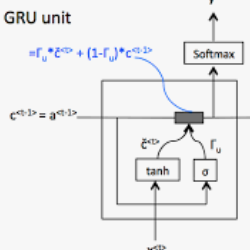As the first step to model emotional state of a person, we build sentiment analysis models with existing deep neural network algorithms and compare the models with psychological measurements to enlighten the relationship. In the experiments, we first examined psychological state of 64 participants and asked them to summarize the story of a book, Chronicle of a Death Foretold (Marquez, 1981). Secondly, we trained models using crawled 365,802 movie review data; then we evaluated participants' summaries using the pretrained model as a concept of transfer learning. With the background that emotion affects on memories, we investigated the relationship between the evaluation score of the summaries from computational models and the examined psychological measurements. The result shows that although CNN performed the best among other deep neural network algorithms (LSTM, GRU), its results are not related to the psychological state. Rather, GRU shows more explainable results depending on the psychological state. The contribution of this paper can be summarized as follows: (1) we enlighten the relationship between computational models and psychological measurements. (2) we suggest this framework as objective methods to evaluate the emotion; the real sentiment analysis of a person.
翻译:作为模拟一个人情绪状态的第一步,我们用现有的深层神经网络算法建立情绪分析模型,并将模型与心理测量进行比较,以启发关系。在实验中,我们首先检查了64名参与者的心理状态,并要求他们总结一本书《死亡记录》(Marquez,1981年)的故事。第二,我们用365 802个爬行电影审查数据培训模型;然后我们用预先培训模型作为转移学习的概念来评估参与者的摘要。我们用情感影响记忆的背景,调查了计算模型摘要的评价分数与接受检查的心理测量之间的关系。结果显示,尽管CNN在其它深度神经网络算法(LSTM,GRU)中表现得最佳,但其结果与心理状态无关。相反,GRU根据心理状况展示了更多可解释的结果。该文件的贡献可以概括如下:(1)我们启发计算模型与心理测量之间的关系。(2)我们建议这一框架是评价情绪的客观方法;一个人的真实情绪分析。





